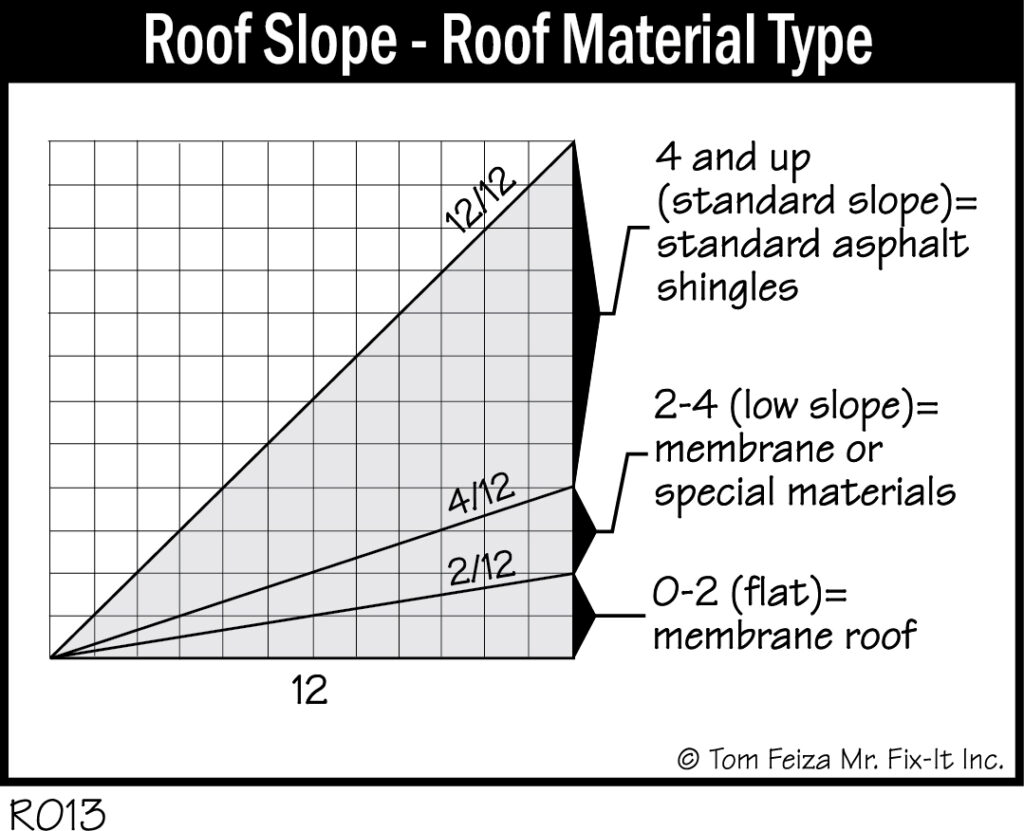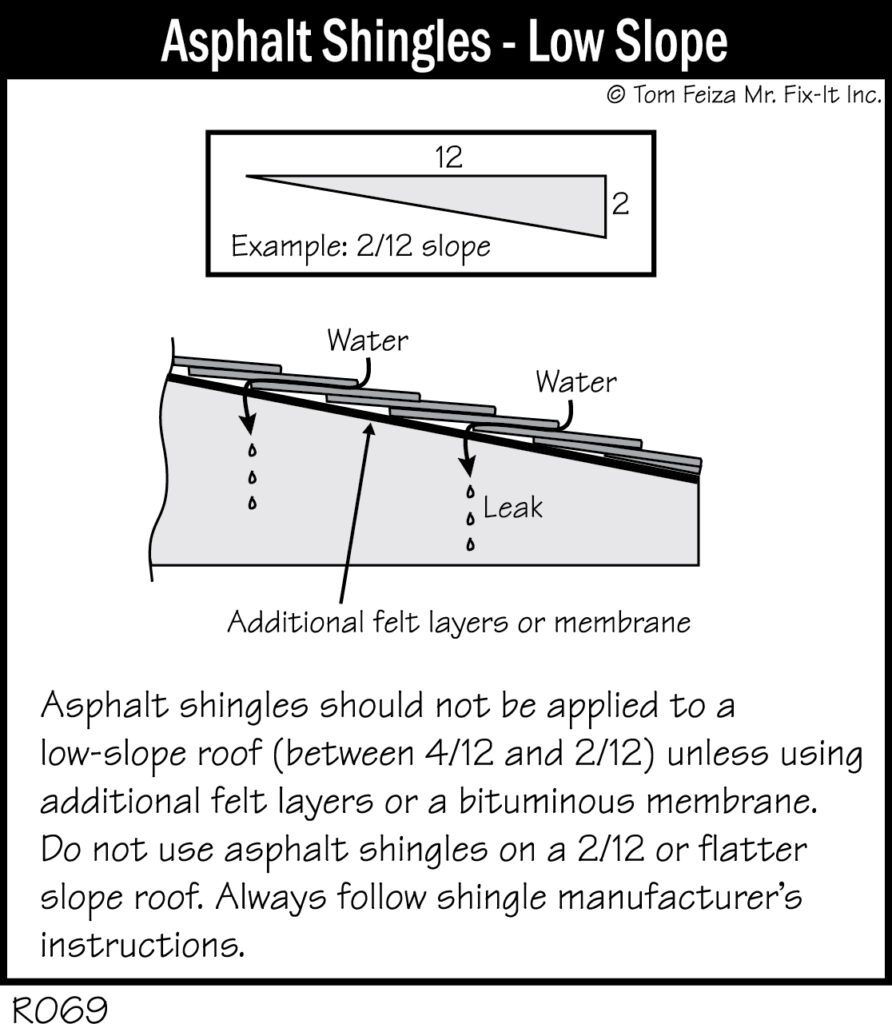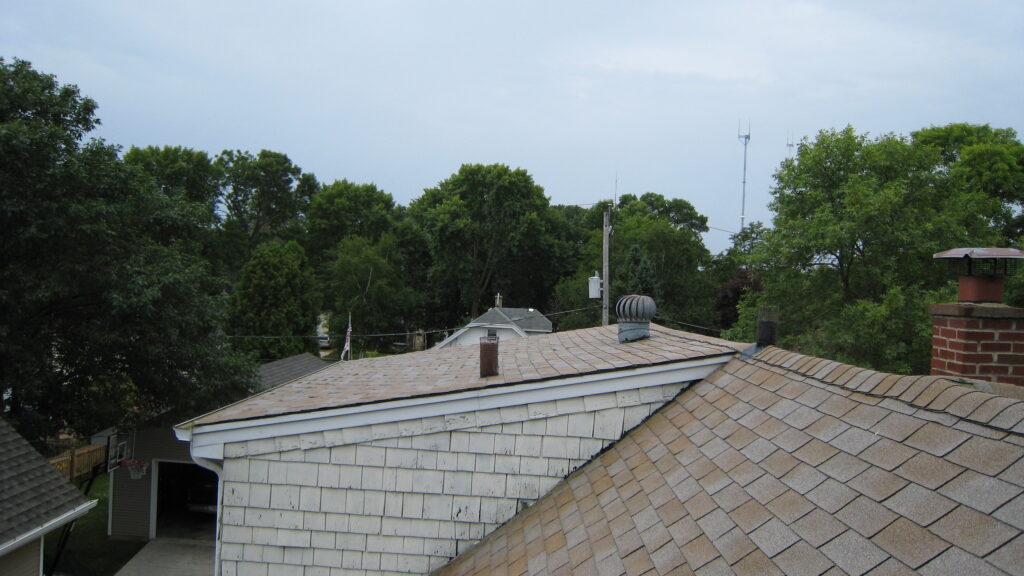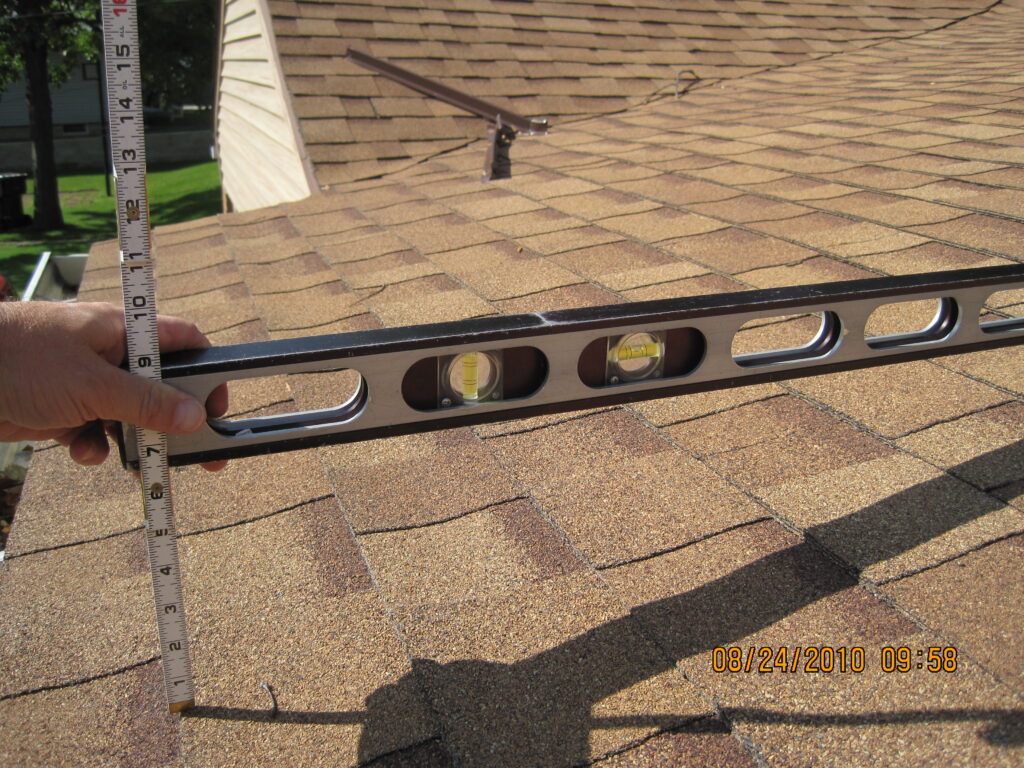By Tom Feiza, Mr. Fix-It, Inc., HowToOperateYourHome.com

During your inspections, it’s important to determine the roof slope. If the home has a low-slope roof, you must mention it in your report and determine whether appropriate materials and precautions are in place.
Proper material varies with roof slope
The type of roofing material required will vary with the slope of the roof (Illustration R013). A flat roof requires a special covering, such as rubber membrane, built-up (hot tar and gravel) or single-ply roll, while a standard slope between 4/12 and 12/12 can be covered with asphalt shingles. But “low-slope” roofs in the middle of this continuum can develop problems – and get you into trouble if you don’t recognize and report them.

Shingles might be at risk
The shingle manufacturer’s instructions require special precautions under the shingles on a low-slope roof – typically, several layers of roofing paper with large overlaps and sealed joints. You won’t be able to see whether the installation was done correctly. If it wasn’t, the asphalt shingles will leak (Illustration R069).

Most manufacturers require special underlayment at slopes less than 3½/12. This special underlayment is not a bituminous membrane such as W.R. Grace Ice and Water Shield®.
Check the slope during inspections
I always visually check the slope. Sometimes it’s fairly obvious in contrast to a roof with normal slope. In one case (Photo 1), the dormer toward the back looks like it has a low-slope roof. Whenever I suspect a low slope, I measure with a 4-foot level.

Two ways to measure
The standard measurement uses a 4-foot level (Photo 2). In this case, the roof drops about 6½ inches over 4 feet; for simplicity, let’s call it 6 inches. Over 12 feet, the roof drops 18 inches, which means the slope of the roof is 1½ ft/12 ft. You can’t use asphalt shingles on this roof, so the shingles as installed are a major defect.

Today you can use an excellent smartphone app called Pitch Gauge to measure the slope of the roof from the ground or from the roof. You simply line up your phone with the slope of the roof and take a picture to document the measurement. The app shows the slope in the picture.
What you must do
Understand that different types of roofing material are required based on the slope of the roof. If you find a low-slope roof, you should identify this in your report and note that you can’t see the underlayment. Also, since this situation requires special installation, note that the homeowner and their contractor must confirm the actual installation. And remember: asphalt shingles can’t be used on a slope under 2/12.
Take some time to read the installation instructions on manufacturers’ websites. Print them and carry them with you as a reference. The instructions vary, and they may be different for the climate in your area.

